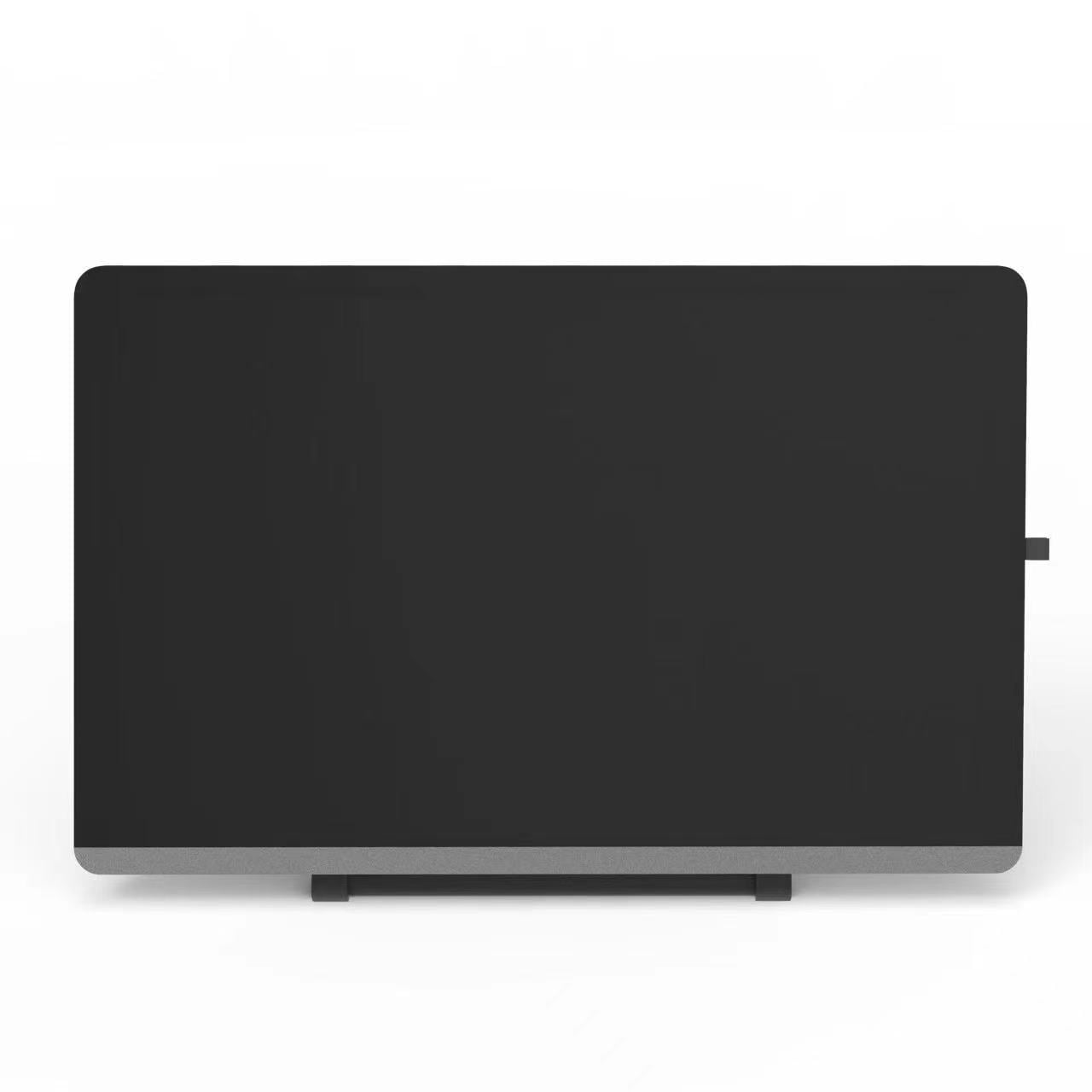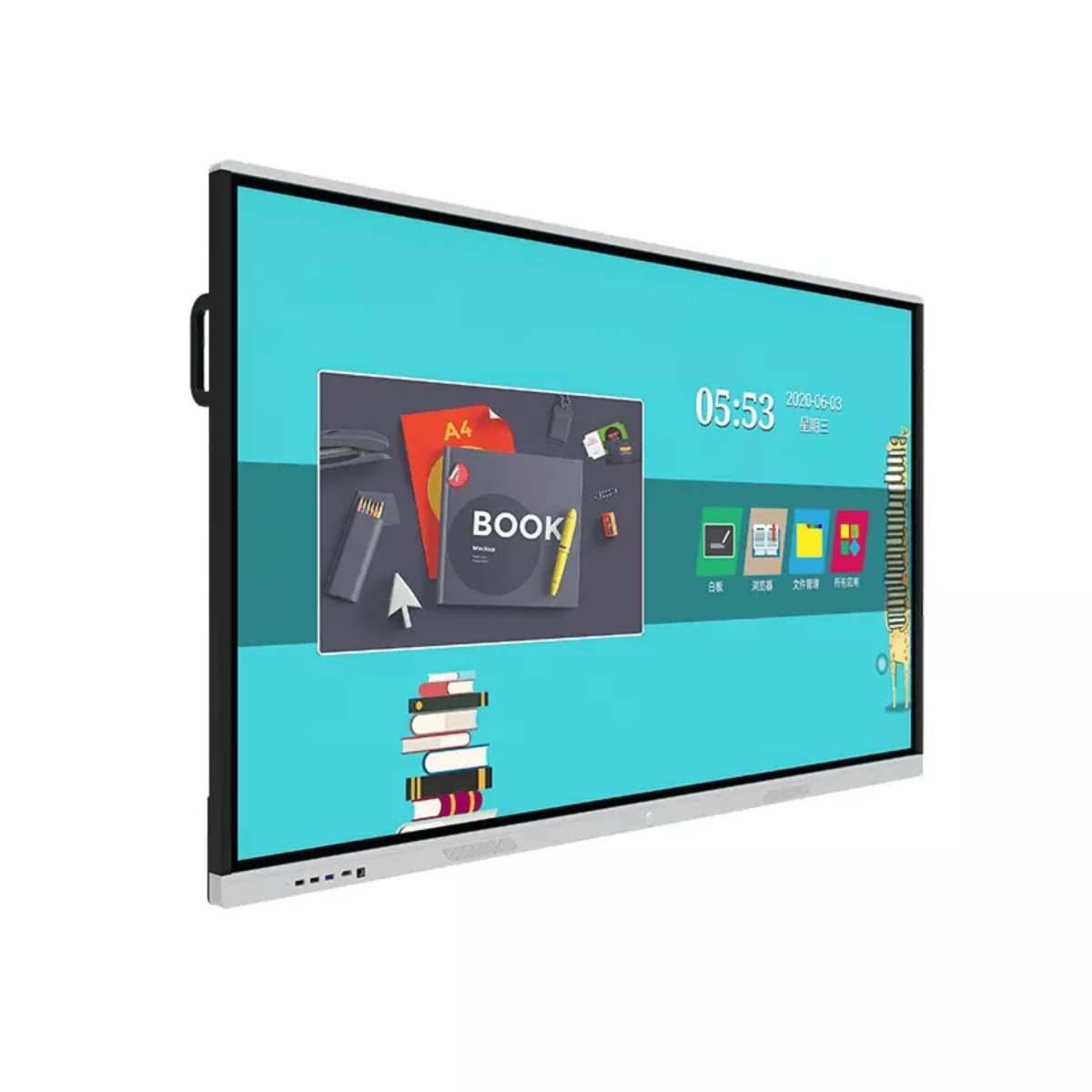–Computer Input and Output Device
A digital screen, also known as a drawing screen, writing screen, or electromagnetic screen, is a type of computer input and output device. It usually consists of a liquid crystal display (LCD), a passive digitizing pen, and a stand. It is primarily used in various design fields such as drawing, writing, cartoon design, industrial design, fashion design, and more.
Content:
- introduction
- Main differences
- Selection Elements
- Leading products
Introduction
Digital screen is a revolutionary new product that changes the computer usage mode and brings about a transformative shift in the office environment. It completely transforms the traditional computer usage mode of display + mouse + keyboard. The digital screen integrates LED display and digital tablet into one, allowing users to directly input on the LCD screen using the accompanying pressure-sensitive pen, including handwriting and drawing. In addition to the characteristics of LED LCD display such as radiation-free and space-saving, the digital screen also enables direct screen writing, providing a writing experience similar to that on regular paper. As a high-end computer input and output device, the digital screen enhances the simplicity and style of the office environment. Furthermore, due to its intuitive and efficient screenwriting input mode, LCD digital screens have vast prospects in various application fields that prioritize usage effectiveness and corporate image, such as finance, healthcare, multimedia production, architectural design, and publishing.
Main Differences
There is a significant difference between drawing on a digital tablet and drawing with pen and paper. When drawing on real paper, the lines and strokes are directly displayed on the paper as the pen moves across it. The pen and paper are in the same plane, perfectly aligned physically. However, the physical displacement generated by a digital drawing tablet cannot be eliminated by improving technical parameters. The hand and eye cannot be perfectly synchronized, so it cannot provide the exact same experience as drawing with pen and paper. In addition to spatial displacement, digital drawing tablets also have issues with proportional displacement. This means that the drawing area does not correspond to the display area in a 1:1 ratio. Even with the largest current size of digital drawing tablets, the input area is much smaller than the display area of mainstream 22-inch or 24-inch monitors. The difference in size means that the drawing tablet can only be mapped proportionally to the display, resulting in the direct consequence that the speed of the cursor on the screen cannot be synchronized with the movement of the drawing pen. When the drawing pen moves a distance of about 1cm, the cursor on the screen may move 1.5cm or even more. These displacement issues make it difficult for many users who are accustomed to drawing on paper to adapt. On the other hand, drawing LCD screens can effectively solve these problems. Below, the author will discuss how to choose a suitable LCD drawing screen based on the technical characteristics of this type of product and some situations that may be encountered in actual use.
Selection Elements
The main difference between an LCD drawing screen and a digital drawing tablet lies in the integration of an LCD screen, which is significantly different from the LCD displays we use in our daily lives. Several factors need to be considered.
- Size: For LCD drawing screens, screens smaller than 21.5 inches have relatively low practical value, while screens larger than 21.5 inches would lead to higher product costs and inconvenience in terms of grip and placement. Therefore, mainstream LCD drawing screens currently use 21.5-inch LCD screens.
- “Thin” is the mainstream: Since the LCD drawing screen is mainly used by holding the device in one hand and holding the pen in the other, placing the device on a stand or holding it in the arms, a thicker product would greatly affect the user experience. Therefore, when choosing, it is important to select a thinner product, preferably with a design that inclines the four edges, which makes it easier to hold.
- Widescreen and viewing angles are essential: As mainstream drawing software tends to place various tool and control panels on the sides of the interface, these panels occupy a portion of the drawing area. Therefore, choosing a wide-screen product makes it easier to obtain a larger drawing area. Additionally, for professional drawing that requires high color accuracy, LCD drawing screens should have a wide viewing angle to ensure that the image does not distort when used at different angles. Therefore, when selecting a product, it is recommended to prepare a colorful image and view the screen from the front and sides to check for any distortion.
Leading products
The digital screen utilizes electromagnetic induction technology and holds worldwide patents. It features a maximum pressure sensitivity of up to 8192 levels. Combined with advanced technologies such as Hard Coating (3H) and Anti-Glare (Haze25%), it ensures a more realistic and natural color reproduction. With 16.7 million pixels, it vividly presents the delicate details of every part, providing a strong guarantee for color reproduction in artwork output, production, and printing. The intelligent support stand allows for flat placement and 360-degree rotation.
Active Stylus Pen With a sensing speed of 220m/s, the active stylus pen enables users to freely unleash their inspiration and creativity. It can recognize tilting angles of up to 60 degrees, allowing designers to achieve special brush effects by leveraging the angle changes and 2048 levels of pressure sensitivity provided by the digital pen.



